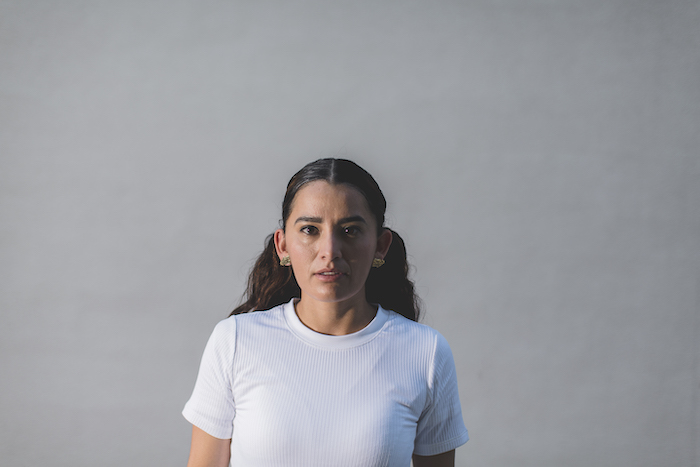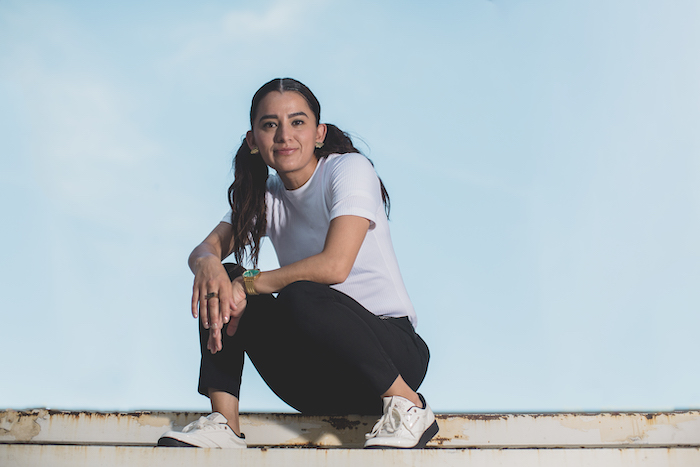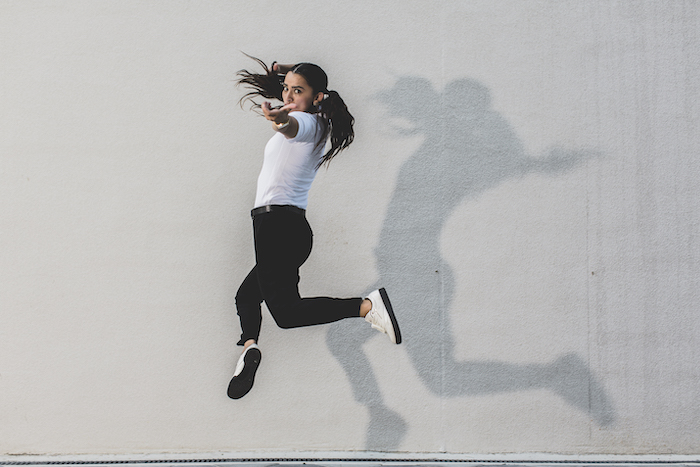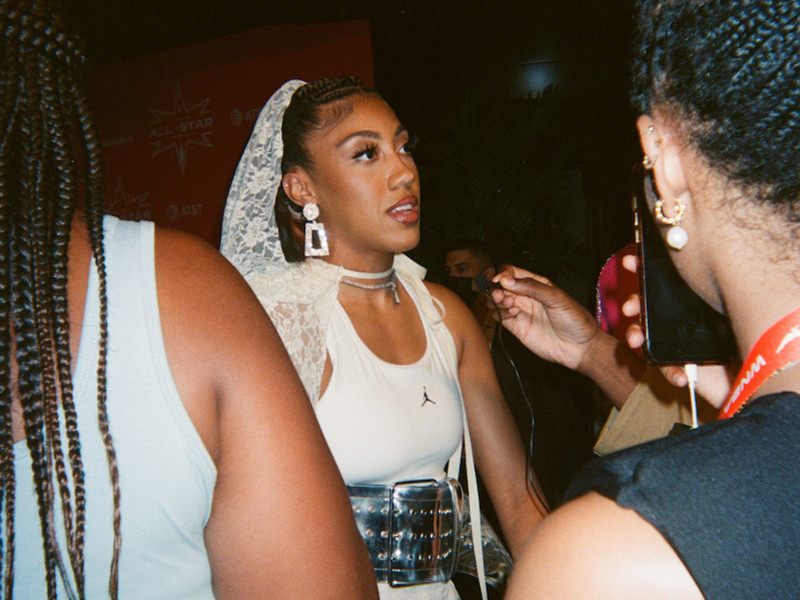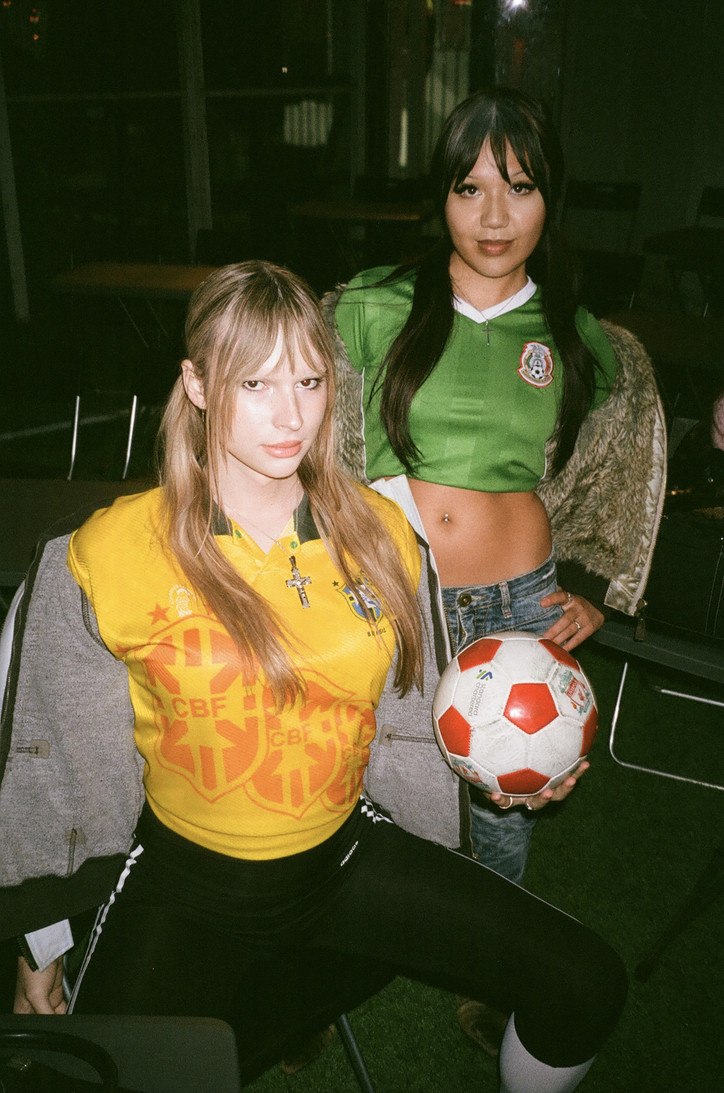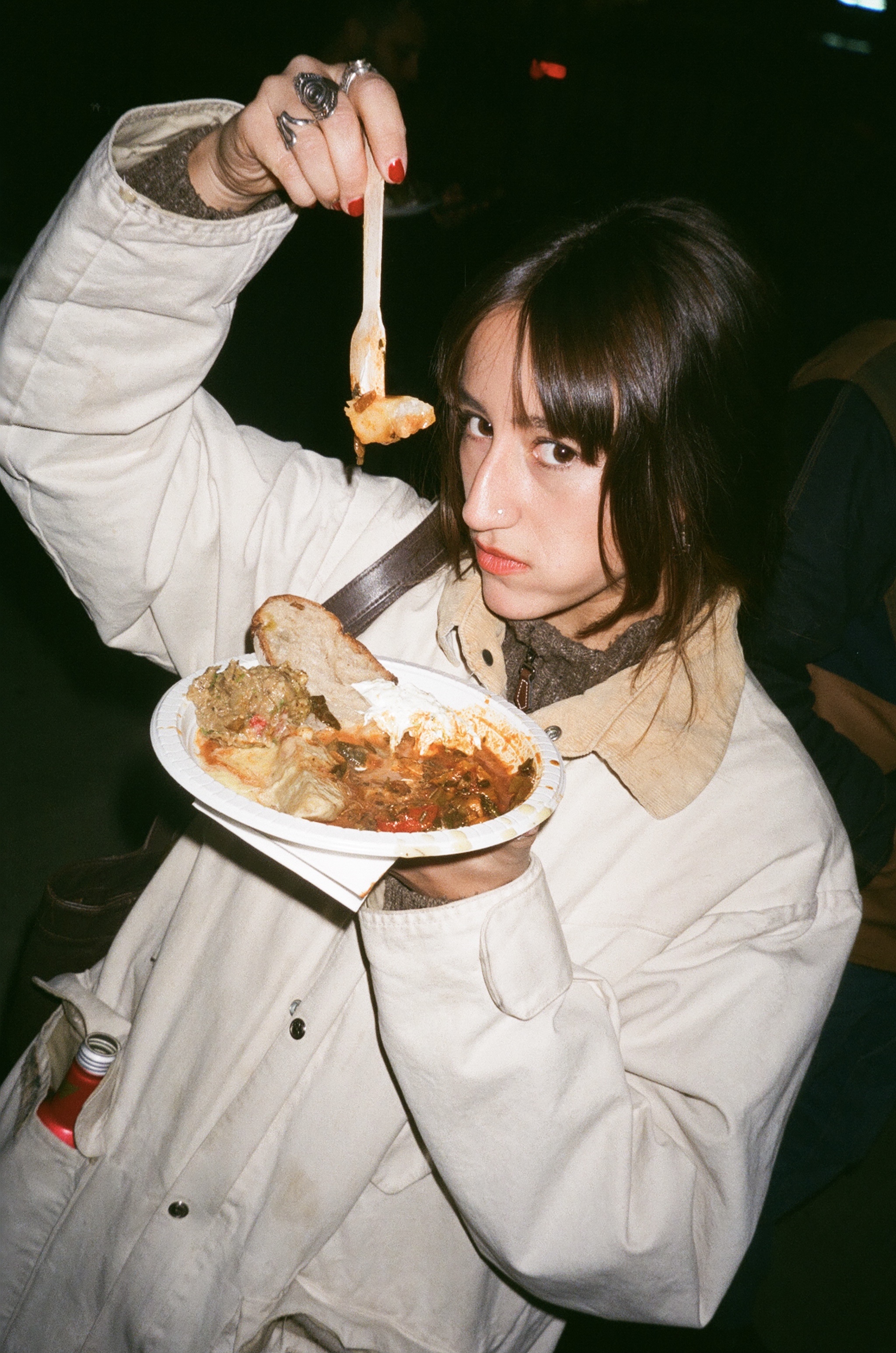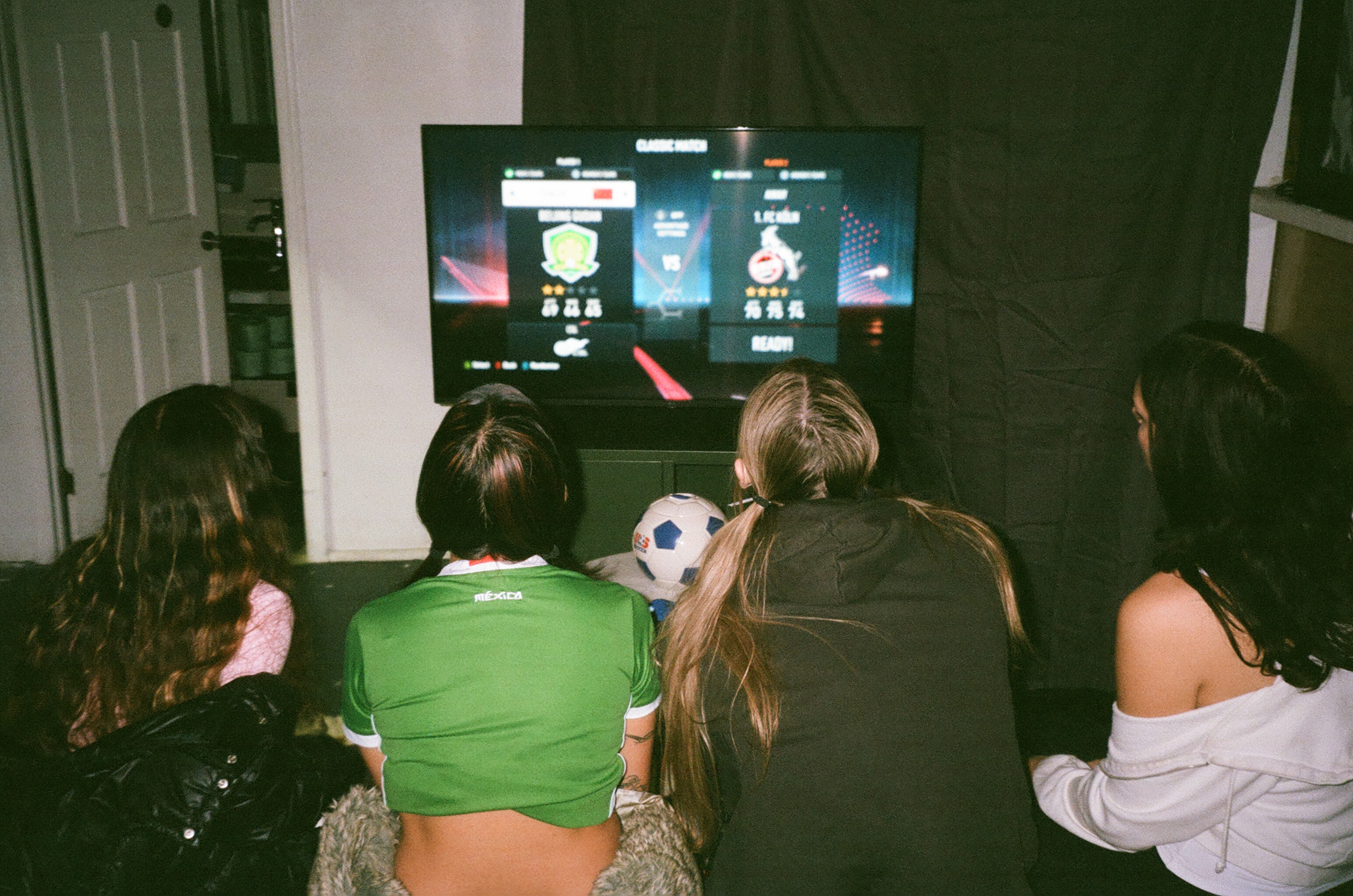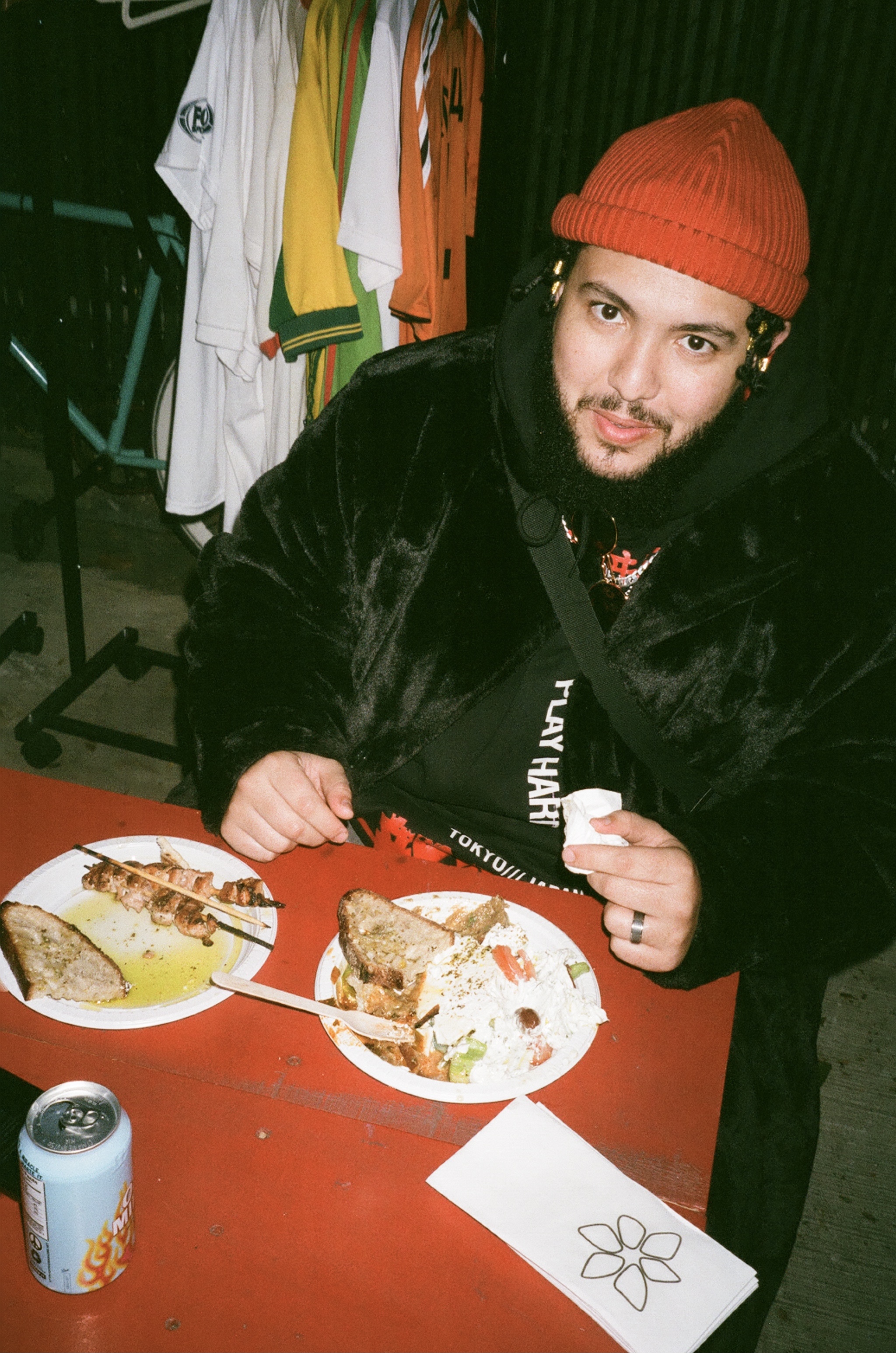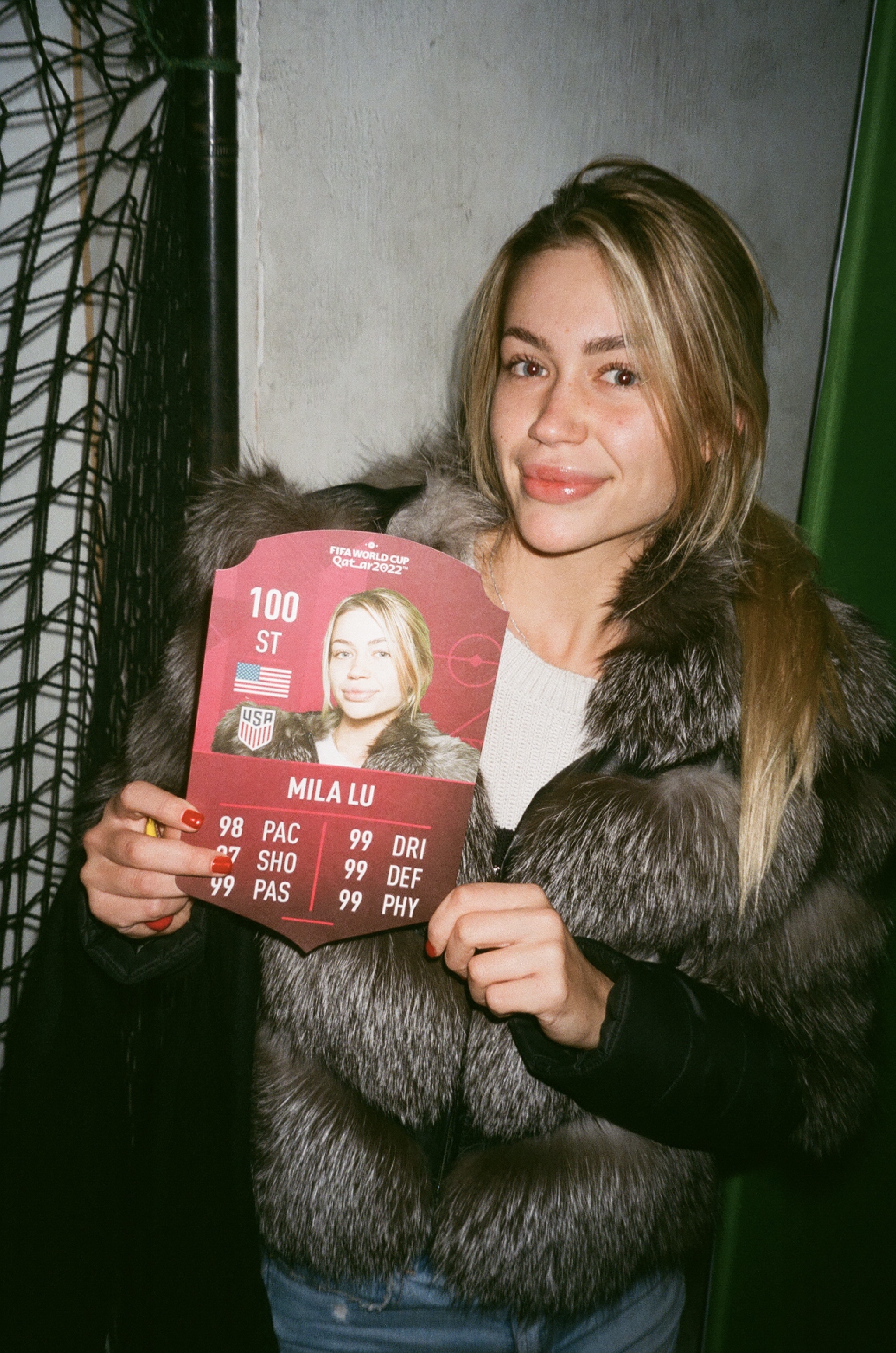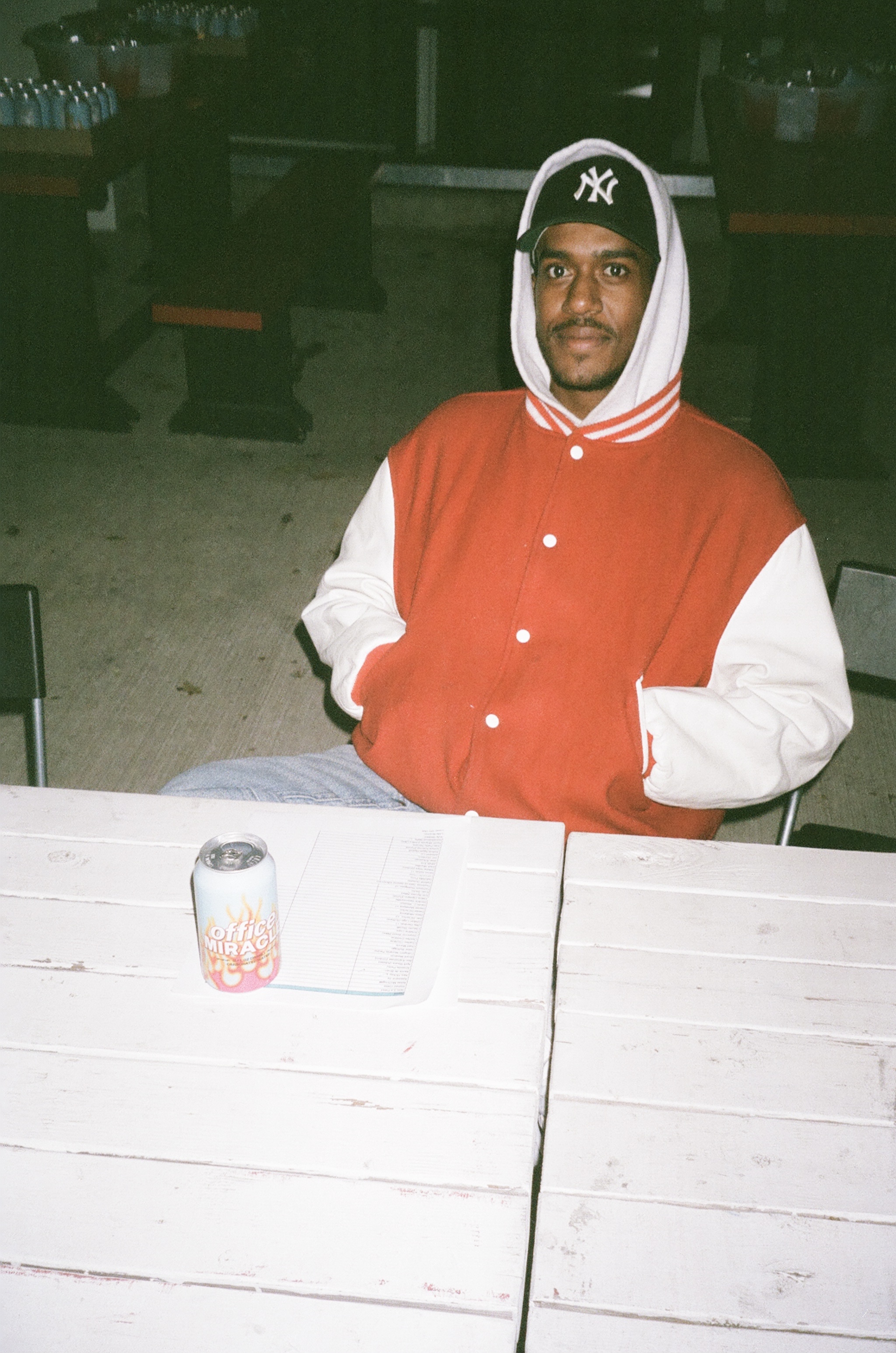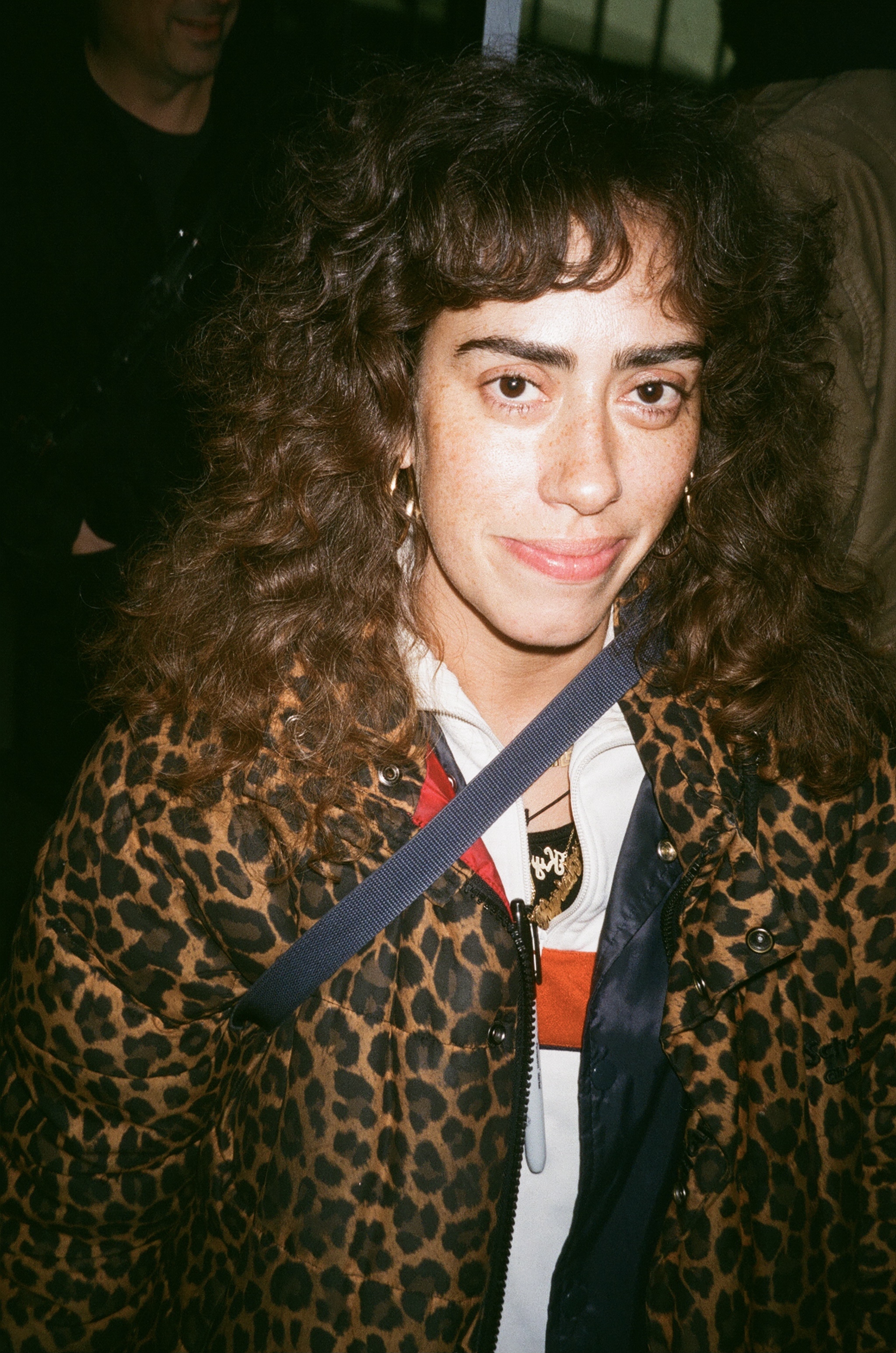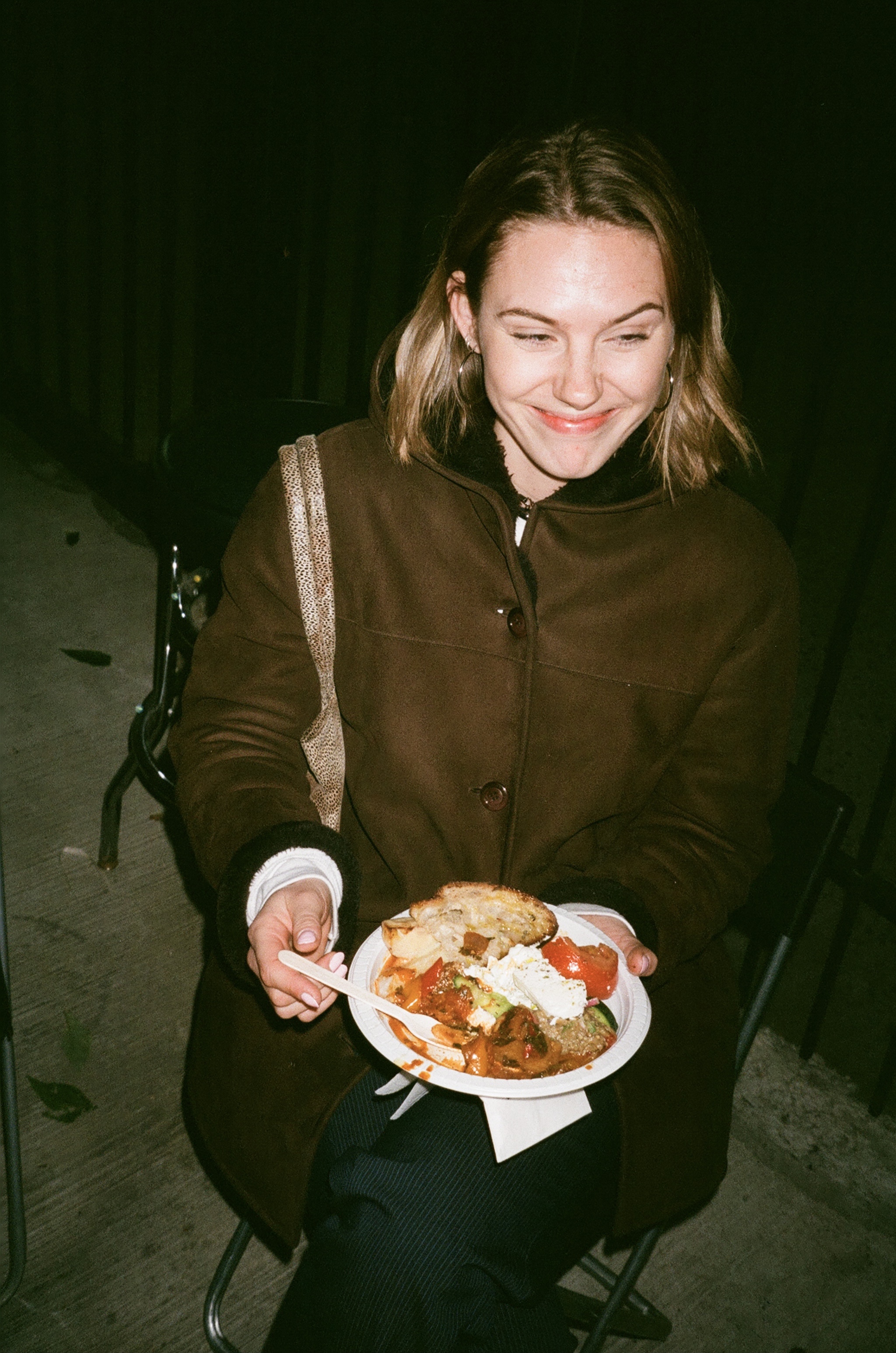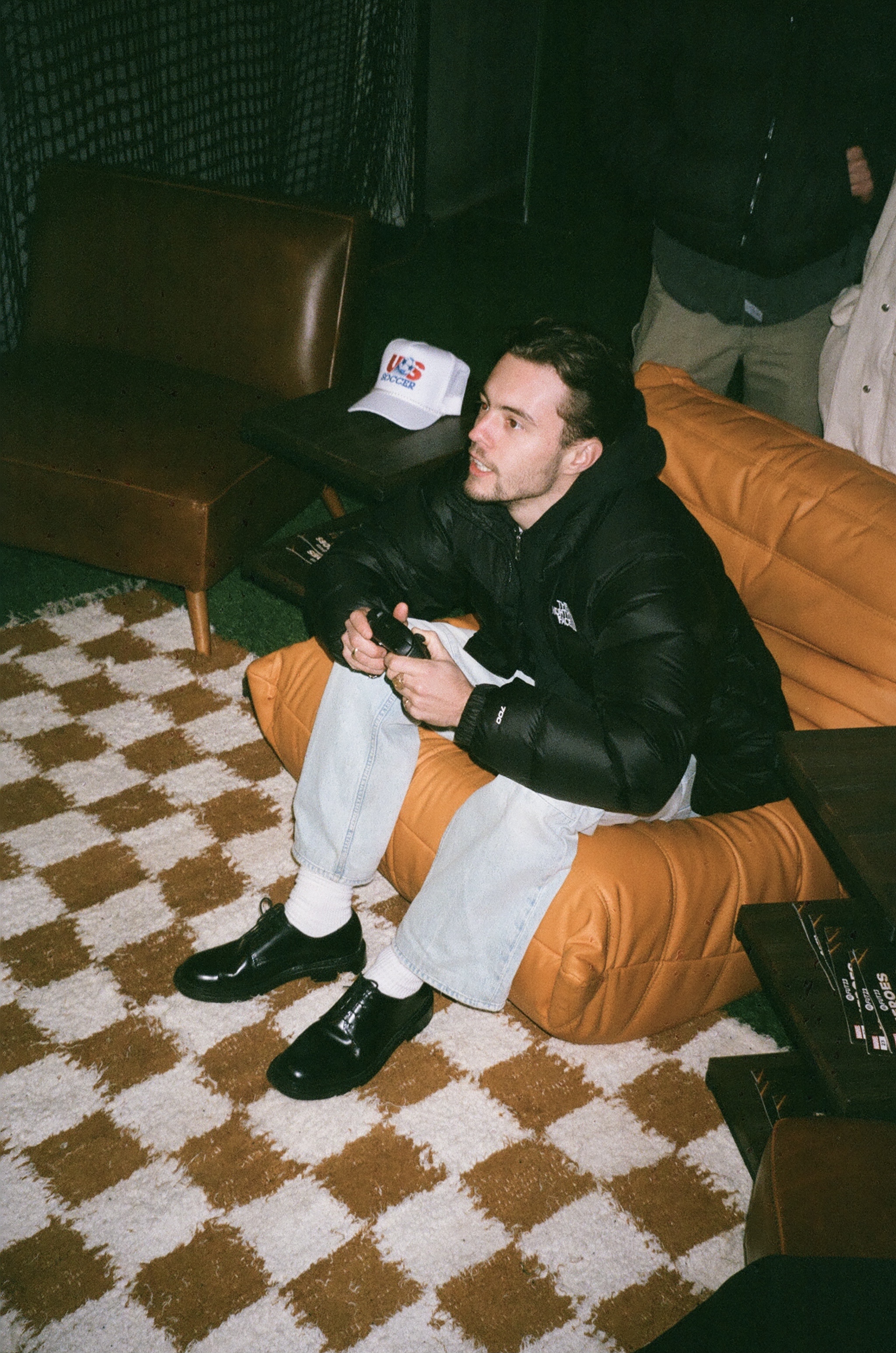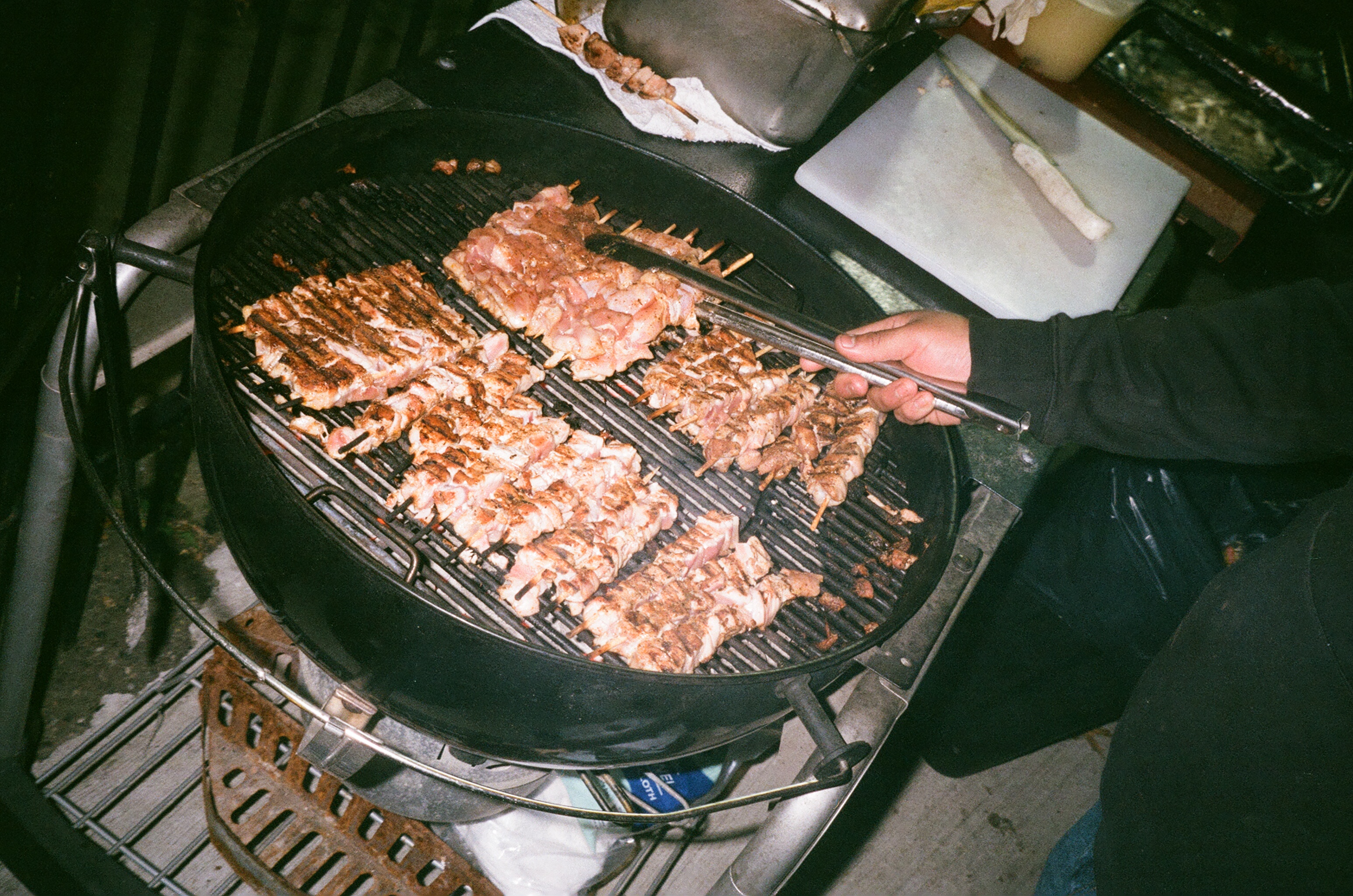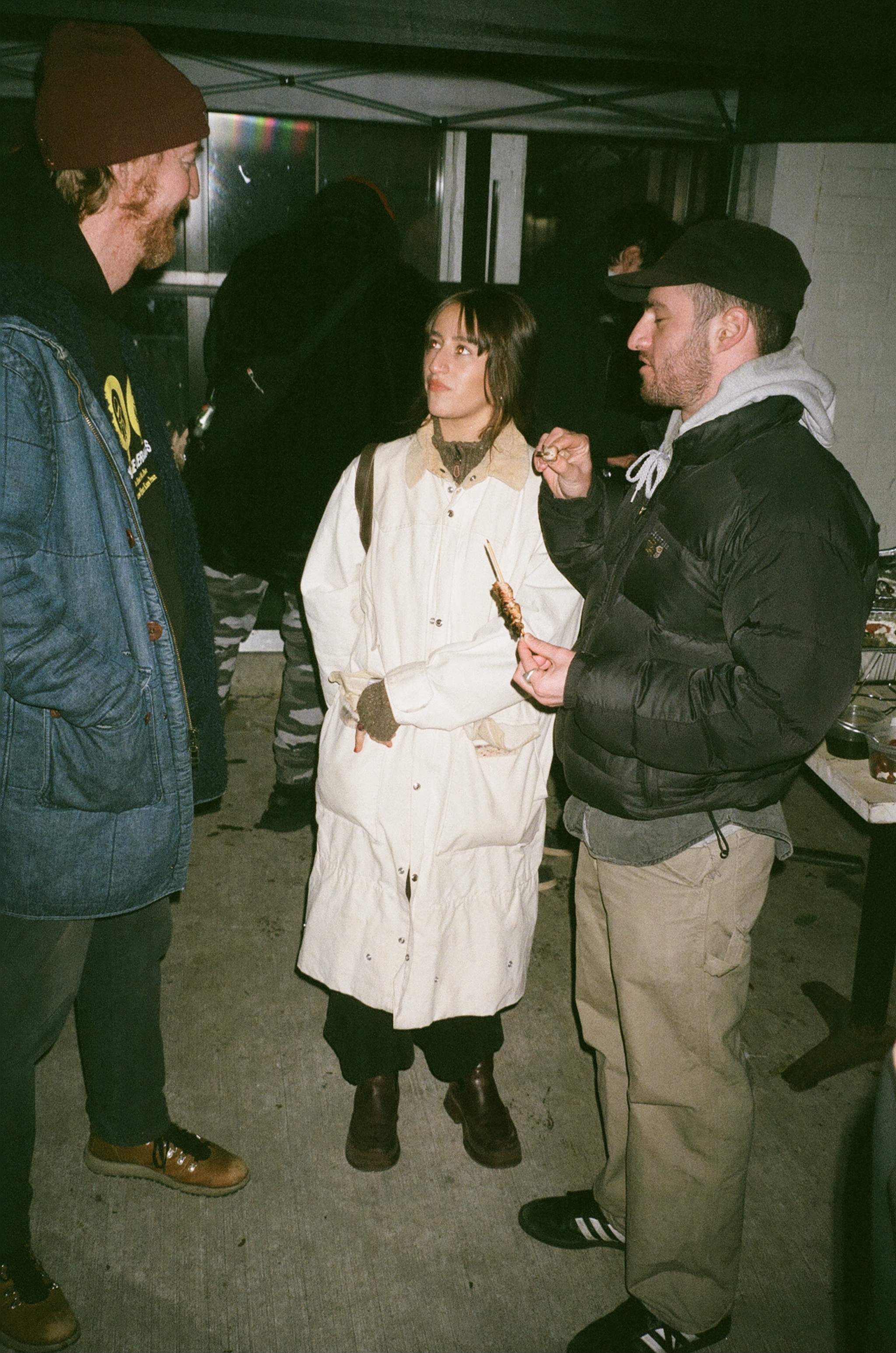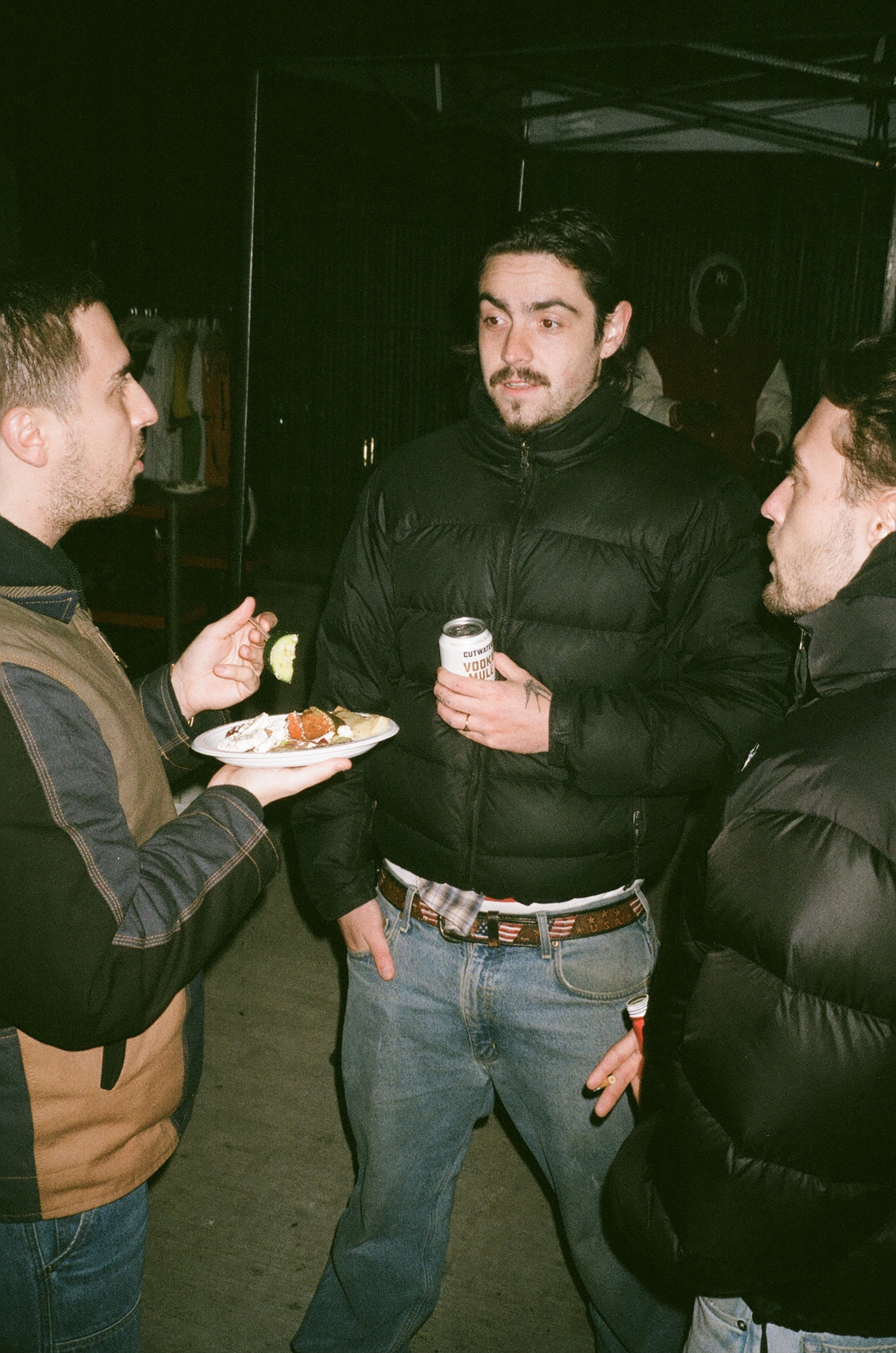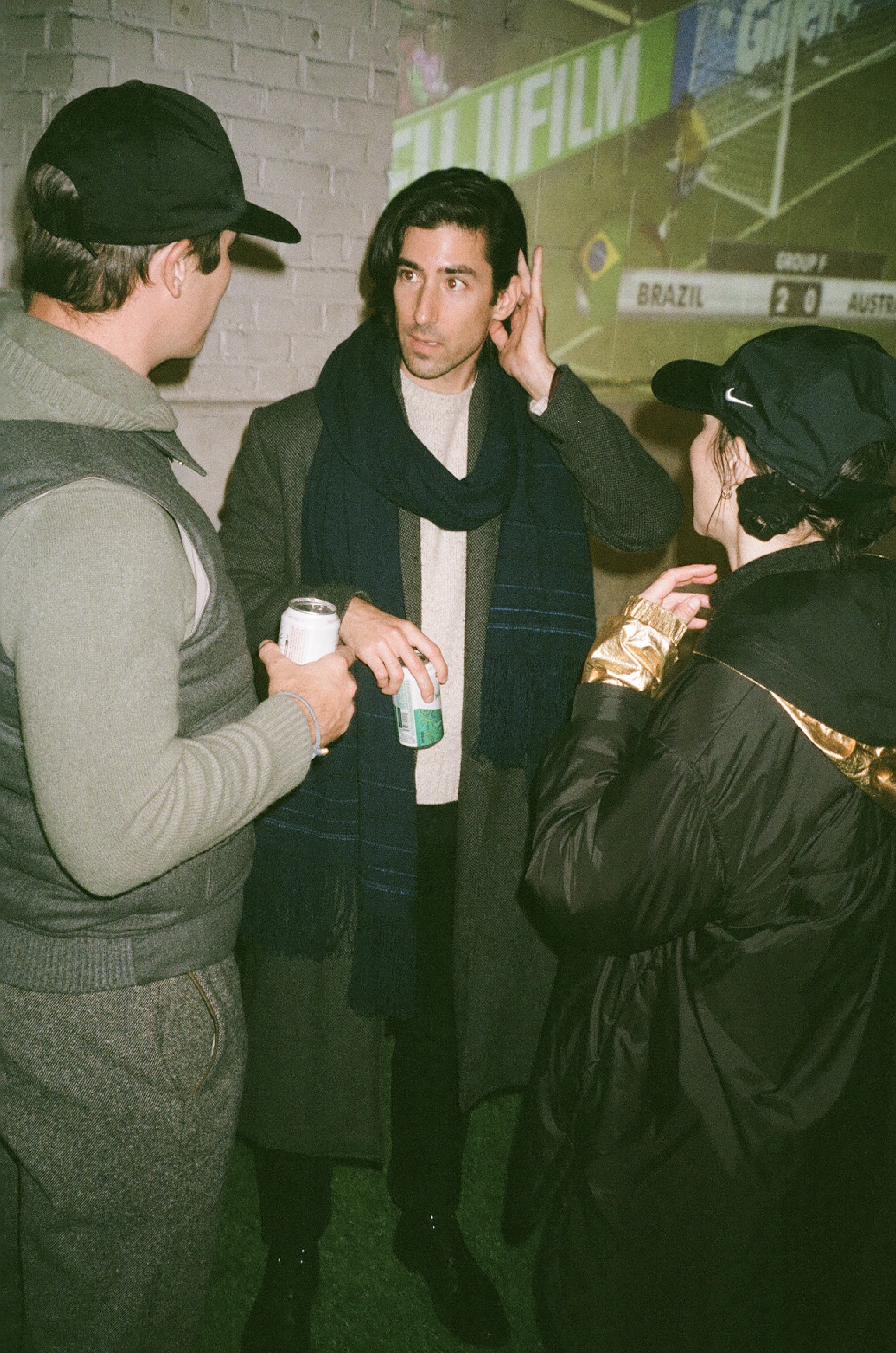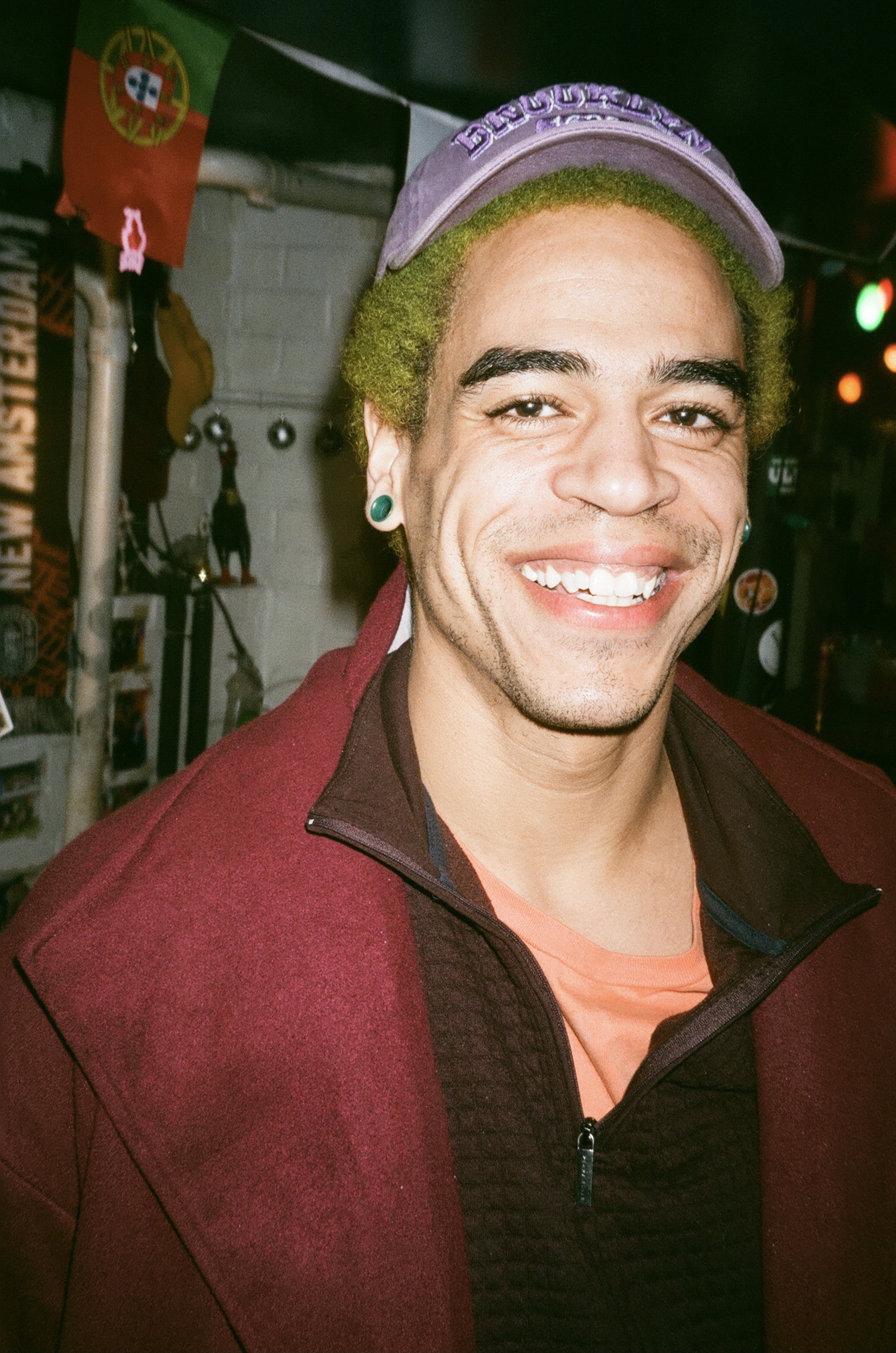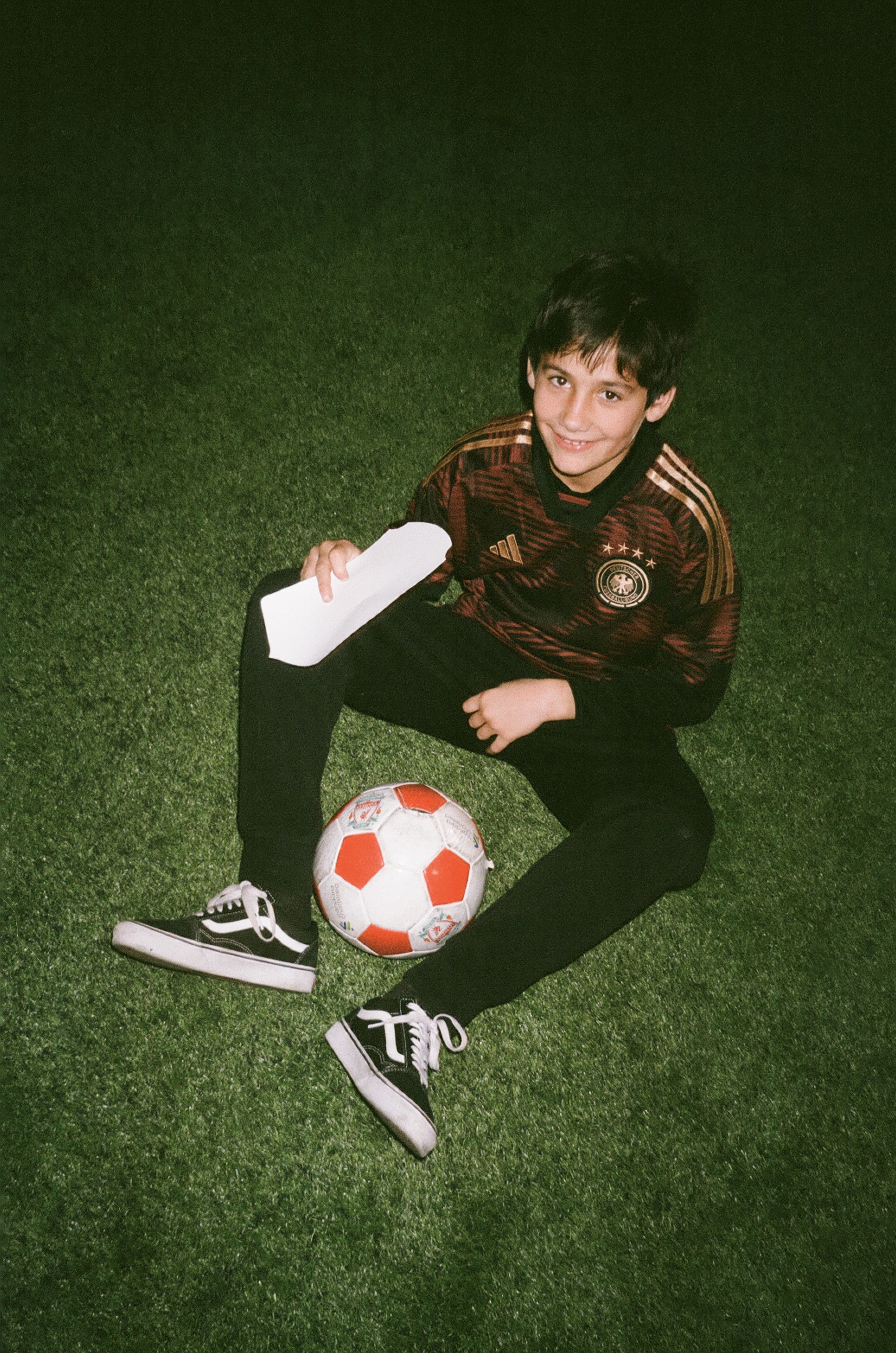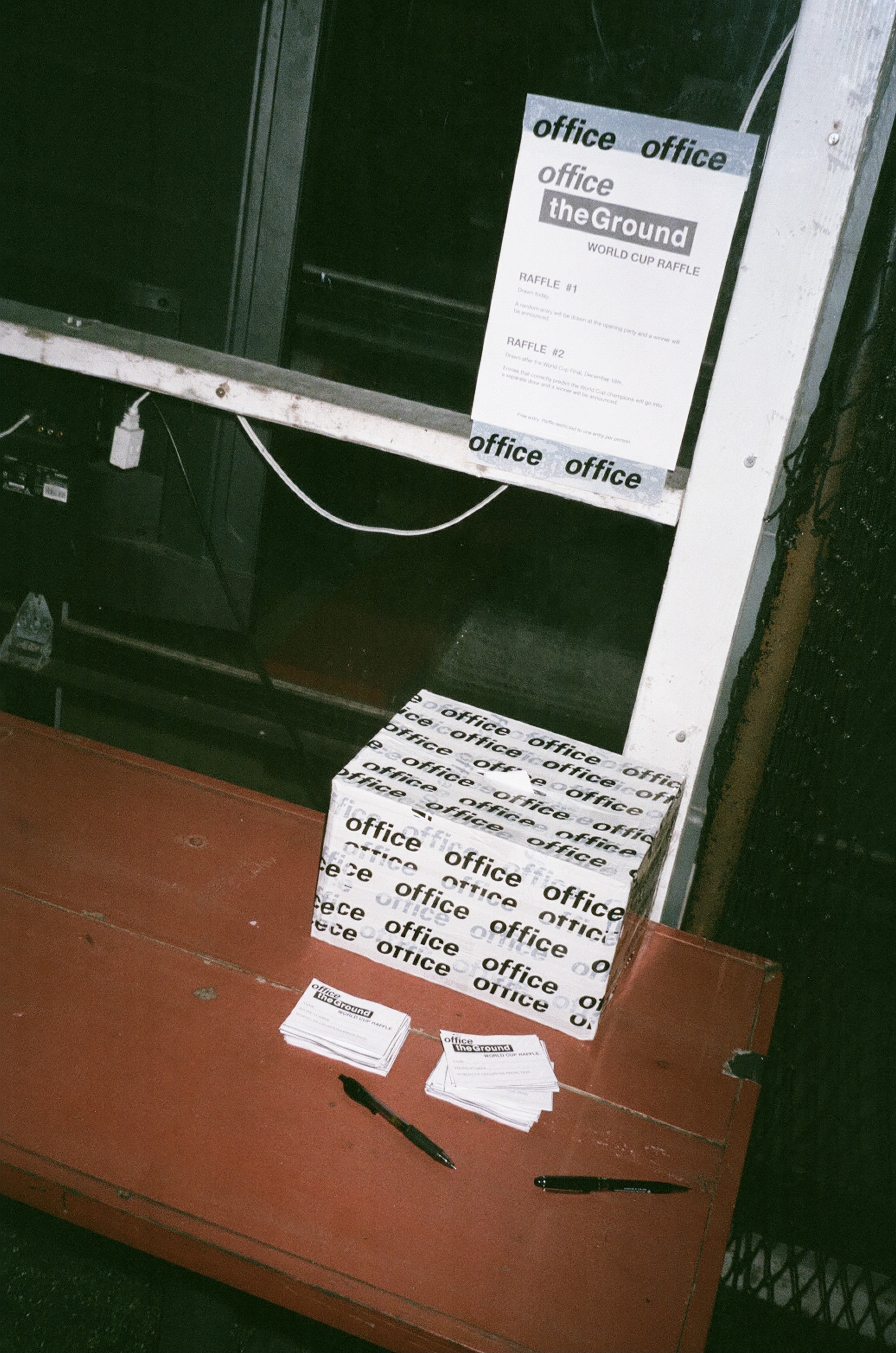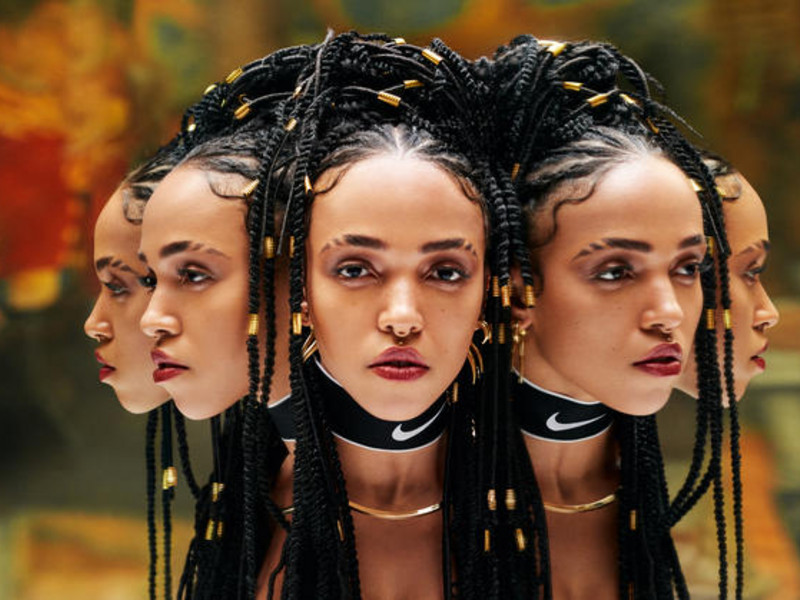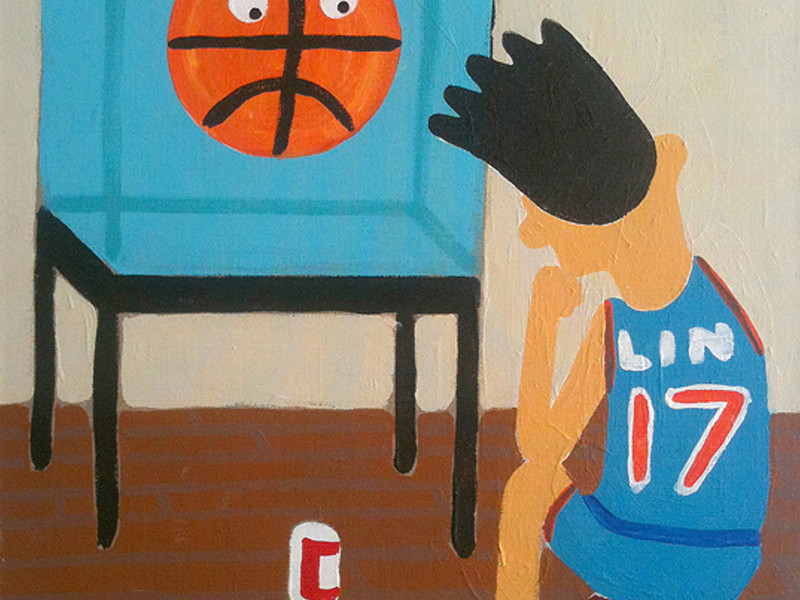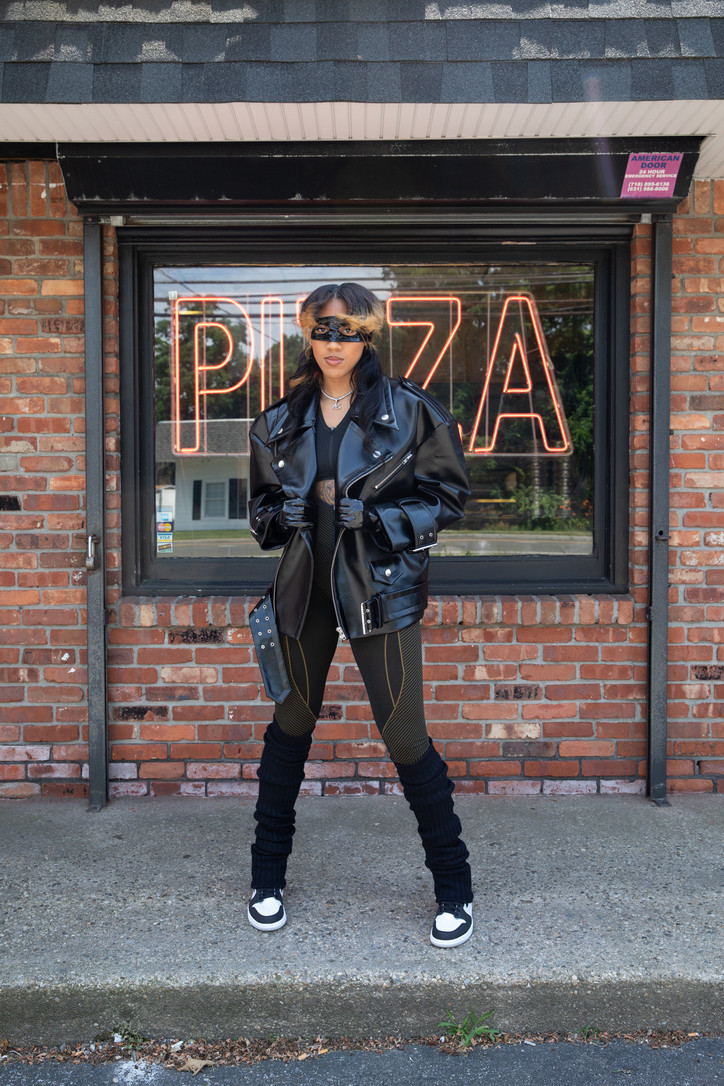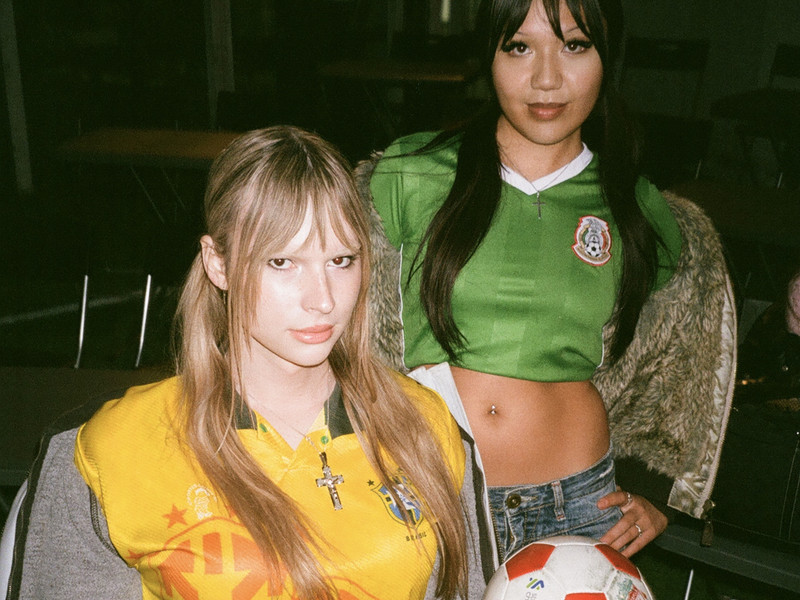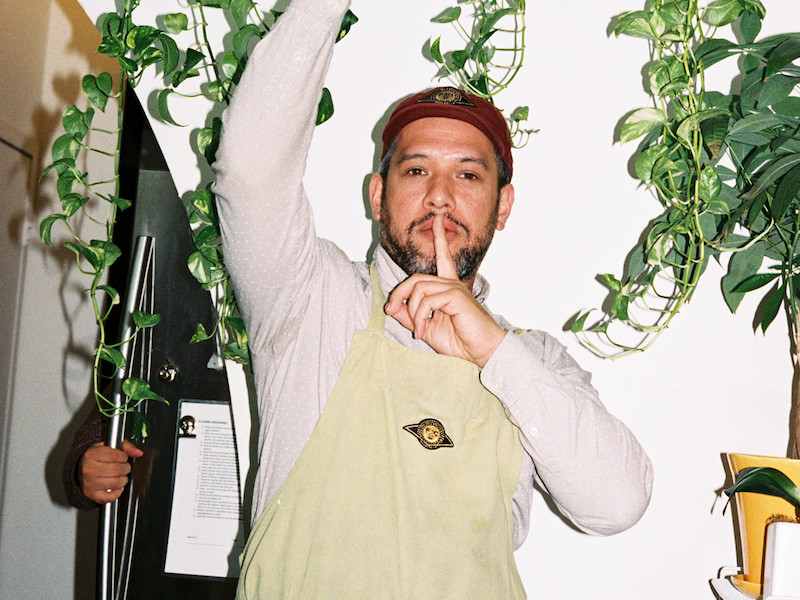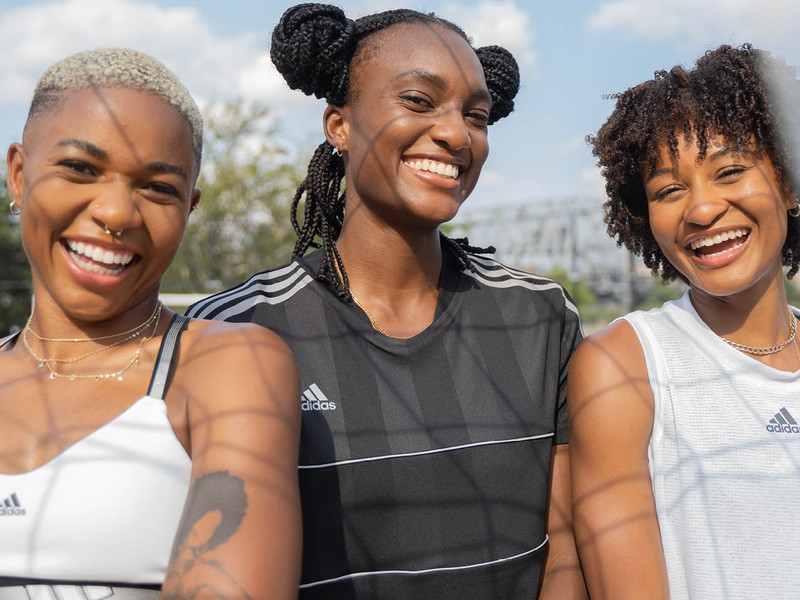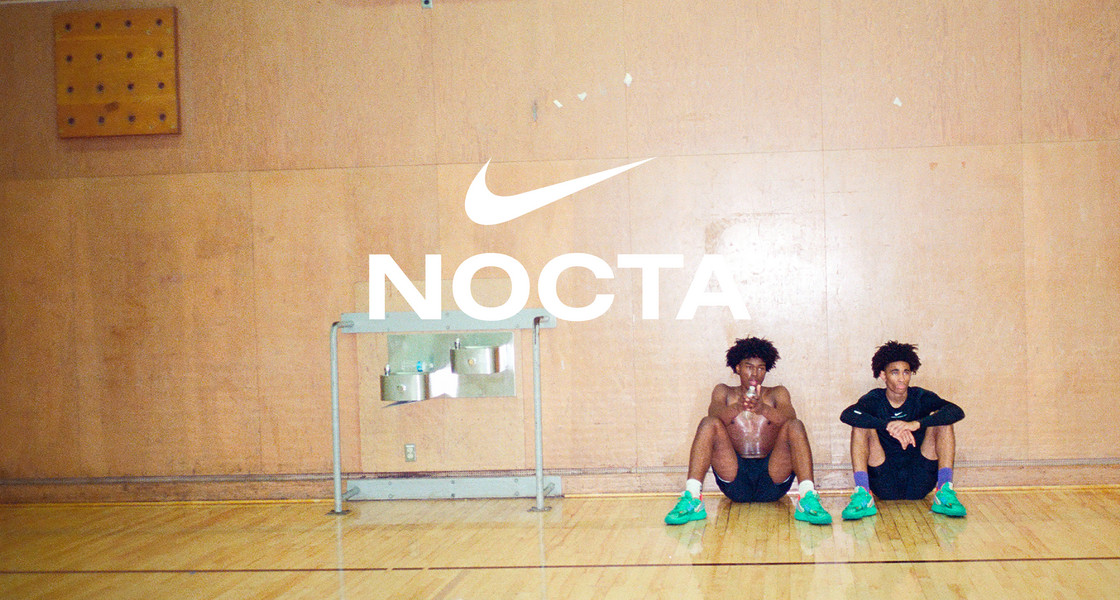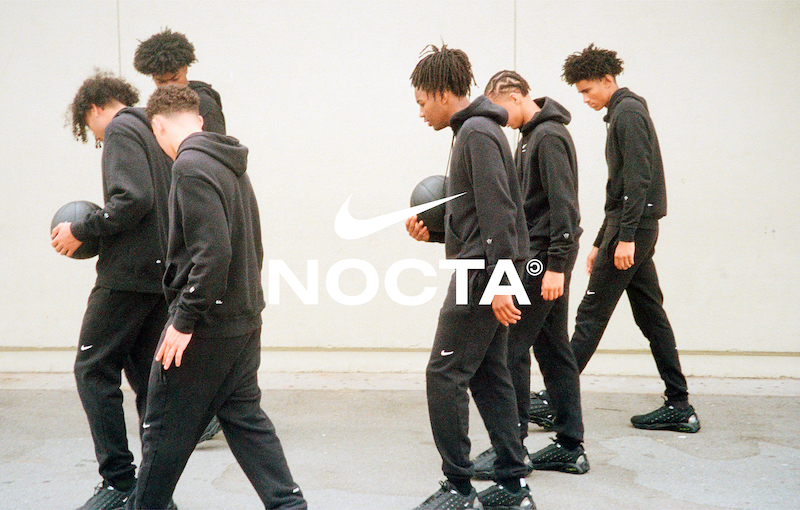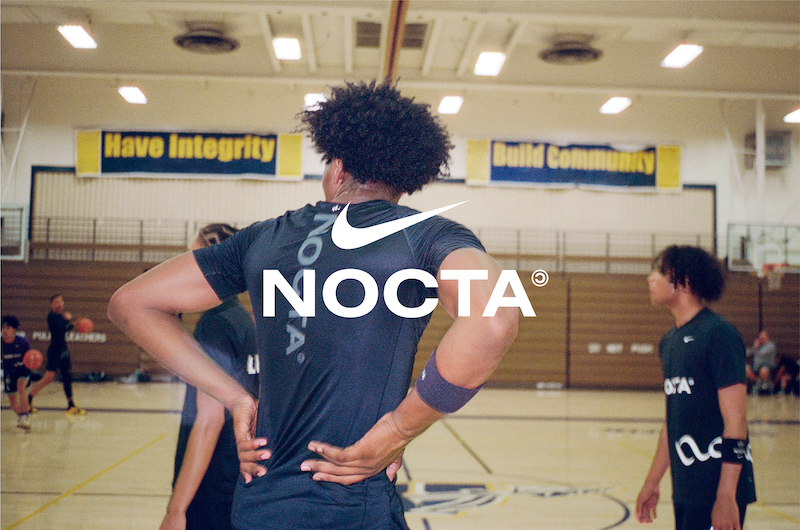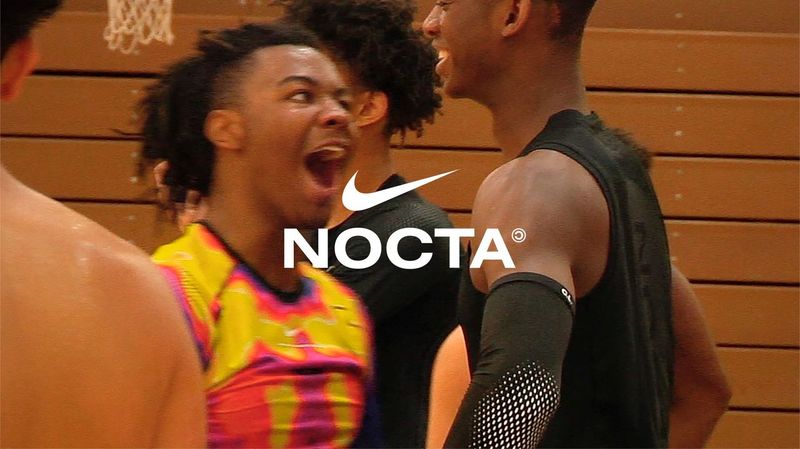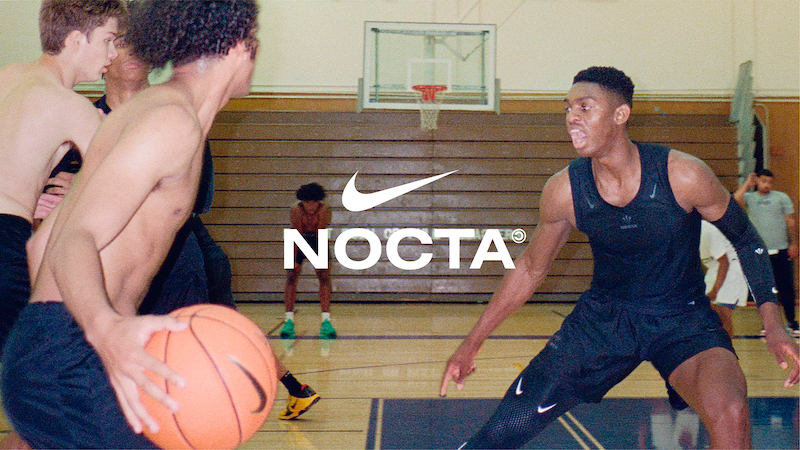Power to the B-girl: Red Bull BC One
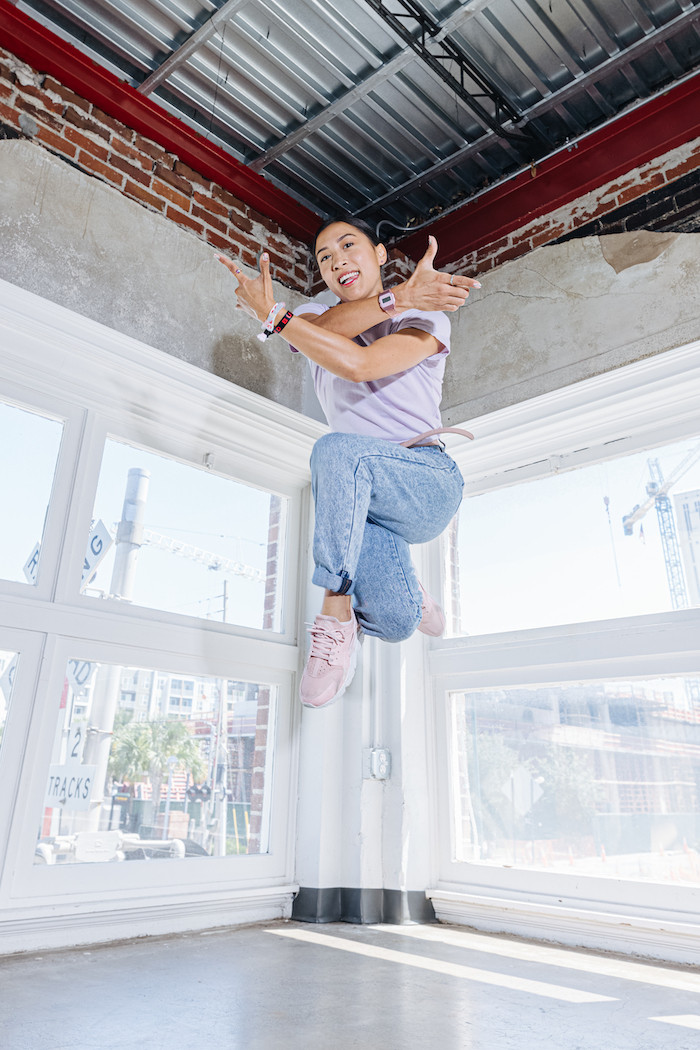
office had the opportunity to sit down and talk to two b-girls, Wonda, and Sel, who talked to us about how they got started in breaking, who their inspirations are, how they got started, and where they would like to see B-girls headed in the future.
The strength that each of these women possess was unmatched and each stepped onto the mat with a unique grace. The heavy-hitting rawness oozed out of each of them, while their feminine lightness complimented the balance. The two battled it out against other b-girls from across the country, and the world, all the while remaining true to their own aesthetic and honoring the legends that came before them.
Read our exclusive interviews with Wonda and Sel below.
Tell me a little bit about yourself.
WONDA — My name is Christina Wanda Prado. My B-Girl name is W. It first started out as Wonder Woman in my early 20s. I'm 31 now. I'm from Ventura, California. I was born in Ventura and raised in Oxnard. I was all up and down California. I started training breaking in Oxnard and then finished in Los Angeles. Los Angeles is my home when it comes to breaking. My training from there was from Concrete All-Stars like Casper, Cody, Smurf, Panda, Jade, and then everyone else around there. Crazy Cujo was there, but I also learned from the Bay Area. They had Hybrid Crew, Headhunters. I started off when I was 16 years old.
I read that your brother got you started into this. How was that dynamic when you were younger? Did you see a lot of girls doing it?
W— No. I was probably seven, six years old. I saw him popping and I started imitating him. Then one day he was in his room trying to do turtles and he started crashing all over the bed. And I was like, "What are you doing?" But I grew up watching Beat Street, all those documentaries and movies. And then when I was about 15 years old, there's a place called the PAL in Oxnard. It's a recreational center, and there was this guy who's Filipino, named KZ. He did a head spin, and I ran to him. I was like, "Oh my gosh, I've seen that in movies. I've never seen that in my face. I want to do that. What do I have to learn?" So he taught me, "Alright, we're gonna do this and do that." But I gravitated towards footwork, freezes. Power was a little intimidating to me, but I was always connected to the music. And then my older brother took me to my first event, and he was always my guide. So my brother is a big part of my career. His name is Pop Phenom. He's in Funny Bones Crew. He's a popper.
You do freezes and some power, a lot of footwork. Is there any sort of specific category that you kind of consider yourself?
W— At first in my career, there was so much politics going on, everyone wanted to identify with something. So at first, everyone's like you're a style head. Style head meaning just fundamentals, characters, style, fresh, originality. But as I got older, I started appreciating more power and power being versatile. Being power doesn't necessarily mean just power moves, or flying in the air. It is just being more all around. You have your footwork, fundamentals, character, burns, and power moves as well.
How does that tap into being a B-Girl and the feminine side of all of this? Especially being in a space where so many men are the ones doing all of those crazy moves.
W— I pay homage to the men that started this culture. I think they have opened a door for women, and even the first women that started breaking, they learned from men. I do believe that women approach this dance a little bit more gracefully, a little bit more with finesse. And what's interesting is women tend to have a little bit more obstacles. My approach was to play with the guys. I always had brothers so it was easy for me. But I also wanted to be challenged and they did challenge me. It was the same thing with Kung Fu. Bruce Lee taught women this wing chun style for self-defense, but Bruce believed this style was meant for women because they're smaller, but they're strong, and they're able to hit angles and hit certain things that men can't. So it's awesome to see that women are able to be versatile, they are able to be funky, they are able to be very powerful. We just respect each other, and we get each other. But when it's time to battle, we get it.
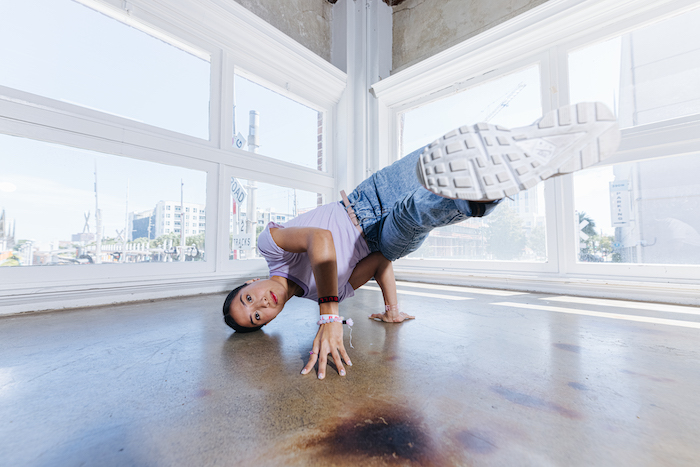
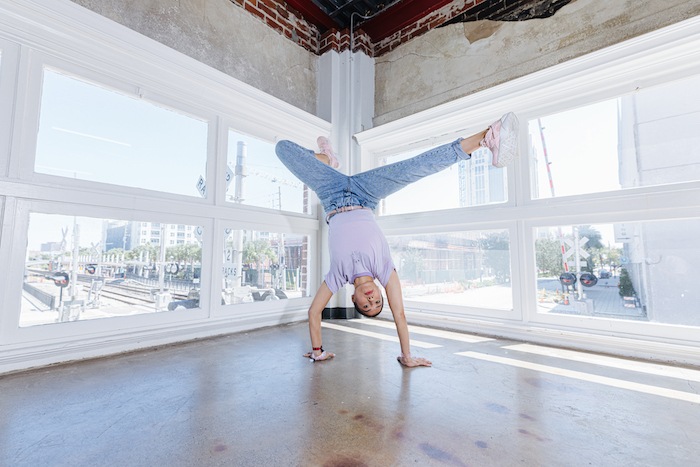
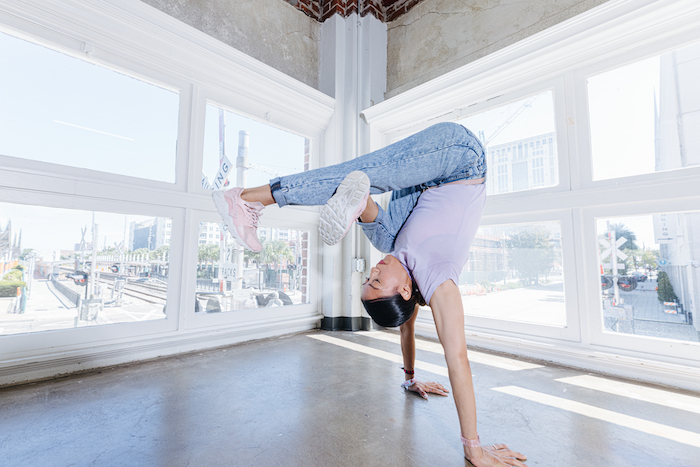

It's like you flip a switch.
W— For me, it took a while to turn it off because I was always around guys. And it was always on like, battle, battle, battle, I don't care who you are, I'm going to smoke you. But as I got older, became a mother, and was involved more around b-girls, I learned more about my femininity, how to be more graceful, how to approach the dance with some grace, but also be intimidating. Man, it's so dope to see legends and women before me set that platform. And I always give them credit, you know?
Do you hope as you continue on in your career to be that influence to young girls doing it?
W— Most definitely. I wholeheartedly and fully commit to pave this new road for women from whatever I've learned. I'm all for all the women, the men, all genders. My space is open for everyone.
What advice would you have to give to people of any age? Or even younger girls who are wanting to get involved?
W— How long are you in this for? Why are you in this? Take time for yourself. Understand that this is a marathon, not an instant win. You've got to learn to find yourself in this dance and identify who you are. Also, pay homage and when you dance, have honor. Have a lot of honor when you dance because this dance wouldn't be here without the other legends that have established this dance for you.
And Sel, tell me a little bit about yourself.
SEL— My name is Sel and I grew up in Gardena, California. Right now I'm repping Soul Control Climax right now and forever. I started breaking in my living room with the introduction of my brothers. After I started breaking, I kind of fell away from that because my brother started doing other things. I started to get into other dance styles. Then throughout middle school, I got reintroduced to breaking and that was about like 2007 through a dance program held by Culture Shock Los Angeles. After middle school, I actually joined their youth team Future Shock LA and then I started to go into choreography. I started learning dance styles, like house, new jack, whacking, locking, and a little bit of popping, but I was still the b-girl in the crew. But I didn't actually go into the breaking scene until after high school. I like to do a lot of clean foundational footwork and then freezes. I don't really do a lot of power. And it's kind of crazy because I come from a crew, Soul Control Climax. They're the West Coast crew, and they really pioneered a lot of repetitive power moves like air flare, windmills. Now at my point in my breaking life, I am actually learning how to do more power, but it's still a learning stepping stone.
Growing up did you see that there were a lot of girls breaking?
S— When I used to dance in Gardena, there were a couple of the girls from that area, and they, unfortunately, don't dance anymore, but they were definitely an inspiration because the ratio from the girls to the boys is less. We were just kind of like the 3 b-girls of Gardena. I ended up meeting Val Pal because of Culture Shock. I definitely looked up to a lot of the girls. They didn't have crazy power moves, but they were just graceful. They were doing dope flexible freezes. And so I think that definitely inspired a lot of things that I do. When I was a kid and I first started breaking, my brothers were teaching me handstands. And that's why I gravitate towards just ending in freezes, and just on my hands a lot. So you gotta bring it back.
Where do you see the inclusion of girls headed in the future?
S— We just had a b-girl brunch and we had a really dope discussion about how to create a safe space for women, especially in such a masculine community. And right now, what I love is that it's so welcoming, even for little girls. By the time they're like 13 they're already doing power moves, halos, and sick foundation footwork. Right now the fact that there are so many b-girls out there right now definitely inspires the younger generation. I was in Colorado, and I had so many little girls just asking me questions. And of course, they don't want to ask the guys. Whenever a young girl comes up to me and is like, "Oh, can you give me tips on this?" And that I'm like, "of course, definitely." I will never say I have no time for you. I just want to share the culture. It gives you confidence and it gives you strength.
